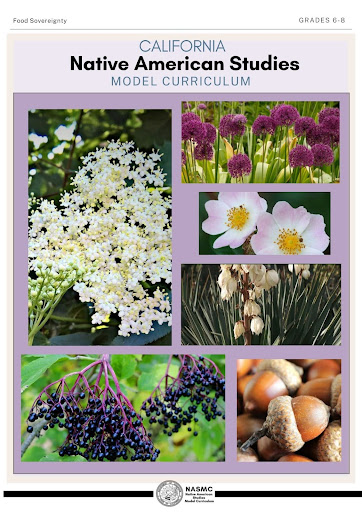Overview
Free Resources!
Traditional and Modern Food Systems

Author:
Grade(s): 9th-12th Grades
Suggested Amount of Time: 60 minutes
Curriculum Themes
- Cultural Strengths
- Relationship to Place
Learning Goals
Students will compare the nutritional benefits of traditional California Native foods and processed foods.
Students will identify the health impacts of traditional and modern diets.
Students will design a "California Native Plate" using culturally and nutritionally significant foods.
Students will present their meal, explaining its cultural and health significance.
Lesson Overview
Students will compare traditional California Native diets with modern processed food diets, examining their nutritional and cultural differences. Using the "California Native Plate" as a framework, students will design balanced meals with traditional foods, learning how these ingredients support health and cultural heritage. This lesson highlights the impacts of colonization on Native diets and emphasizes the importance of returning to traditional, nutrient-rich food systems.
Teacher Background
Watch this video from the California Indian Culture and Sovereignty Center. Nicole Lim is discussing an overview of teaching Food Sovereignty. https://www.youtube.com/watch?v=9Iqw_CTPGQk
https://www.youtube.com/watch?v=9Iqw_CTPGQk
Teaching food sovereignty in the context of Native American history requires a nuanced understanding of the cultural, historical, and environmental factors that have shaped Indigenous relationships with food systems. Teachers will utilize the California Indian Culture and Sovereignty Center’s Food Sovereignty Toolkit to support instruction. Read through this toolkit to prepare for this unit. The resource provides background to support teachers in delivering these lessons effectively and respectfully. Access the California Indian Culture and Sovereignty Center’s Food Sovereignty Toolkit:
https://www.csusm.edu/cicsc/projects/projects_docs_images/foodsovereigntytoolkit.pdf